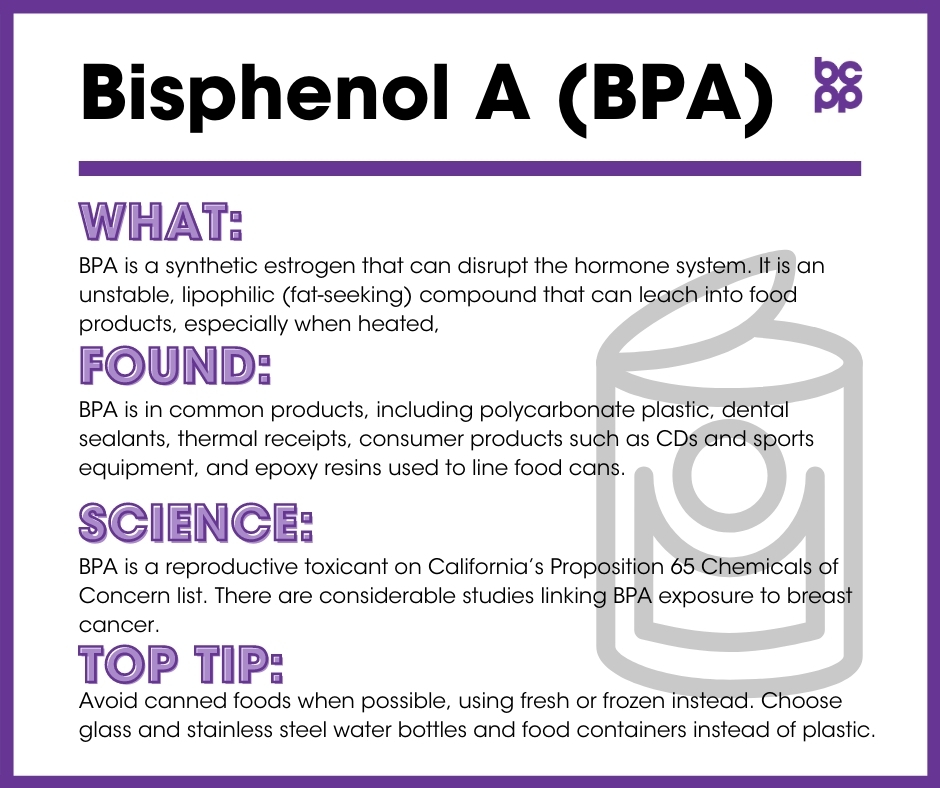
**BPA in Plastics: Grasping the Debate and Safety**
For many years, environmental activists and consumer advocates have called on governments to prohibit bisphenol A (BPA), a substance commonly found in plastics such as polycarbonate and epoxy resins used to coat tin cans. This worry stems from BPA migrating into food, particularly in canned products, at minimal concentrations. The FDA and EU have consistently asserted that BPA is safe at these levels, although detractors like Nicholas Kristof claim that agencies are succumbing to industry pressures.
BPA is known to imitate estrogen, but FDA studies maintain that at the levels found in food, it is swiftly metabolized and eliminated by the human body, leading to undetectable amounts. Investigations that found elevated BPA levels in human samples may have been compromised by contamination from plastic laboratory equipment. Corrections indicated that BPA concentrations in humans are usually minimal, especially since less than 1% of BPA remains unaltered after absorption.
Concerns regarding potential impacts on infants linger due to their less effective metabolism, although data from comparable situations point toward negligible exposure. In spite of ongoing apprehensions, scientific findings suggest that BPA is unlikely to present serious health hazards for adults at current exposure levels. Discussions surrounding BPA underscore the intricacies of reconciling consumer safety with scientific evidence against the backdrop of larger environmental issues.